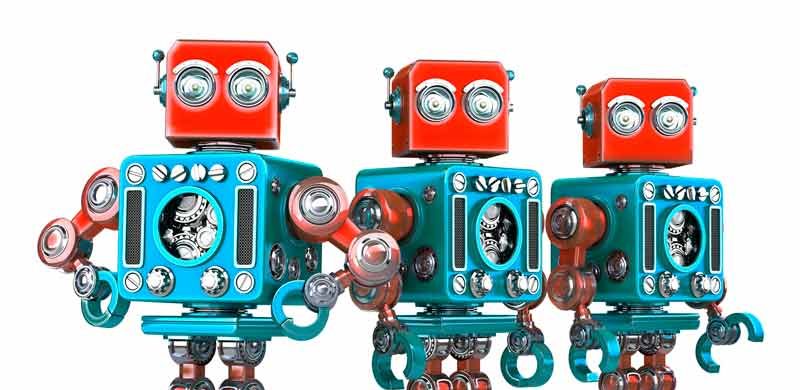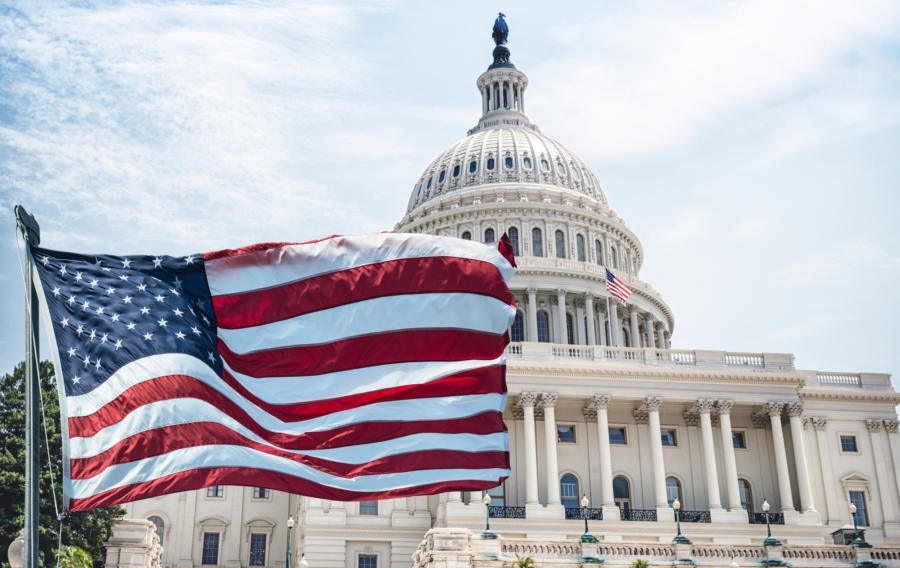
What do you need to innovate in the Transformative Age? You need diversity. You need men. And you need women.
Gender equality is not only a fundamental human right, but it is also linked to a country’s overall economic performance. Organizations where women hold 30% of leadership positions could add up to 6% to their net margins, according to recent research.
Therefore it makes no business sense to overlook diversity as a part of a business strategy. In fact, doing so only diminishes opportunities for sustained economic growth, innovation and social progress.
So if women are critical for innovation and long-term growth, why are we still an estimated 202 years away from achieving gender parity in the workplace?
The uphill battle
Despite the gender gap narrowing slightly this past year, according to the World Economic Forum’s Global Gender Gap Report 2018, women still face an uphill battle in leadership positions. And, it turns out, the higher women climb, the more biases, challenges and stereotypes they face.
Interestingly, though, when women are appointed to the top job, it’s often at a time of a crisis – when an organization is grappling with a financial crisis or other challenges and may even be on the verge of collapse. This phenomenon was coined the “glass cliff” by British academics Michelle Ryan and Alex Haslam, who in 2004 published findings from an extensive study of FTSE 100 companies and found a tendency for women to be appointed leaders of failing organizations.
Take a few notable examples:
- Jóhanna Sigurðardóttir became Iceland’s first female prime minister and the world’s first openly gay head of government amid economic and political fallout from the global financial crisis. She stabilized Iceland’s economy in a relatively short period of time.
- Former Xerox CEO Anne Mulcahy is often deemed a “glass cliff” success story. She took over as CEO in 2001 as Xerox was on the verge of a Chapter 11 bankruptcy and a year later, following an aggressive restructure, the company reported an operating profit.
It’s encouraging to see women being called upon to lead in times of crises – and succeeding at the highest levels. But by accepting roles in troubled companies or challenging times in government, they risk being held responsible for outcomes that were set in motion ahead of their appointments.
Some are still fired even after they’ve fixed the problem. Female CEOs are about 45% more likely than male CEOs to be dismissed from their own companies, according to a study by the University of Alabama. And, strangely, while improved organizational performance may protect a male CEO from being fired, the same does not hold true for women. In other words, women face greater challenges when appointed to leadership positions and, as per research by academics Alison Cook and Christy Glass, are provided fewer opportunities to establish their leadership capabilities.
CEO turnover
When a female CEO gets fired, research has found that she is usually replaced by a man. It’s what some academics refer to as “the saviour effect”. We’ve seen this story in news headlines again and again.
- Former Reddit CEO, Ellen Pao, is one example. According to several sources, Pao was only in the role for eight months before being replaced by Steve Huffman. Reddit’s chief engineer Bethanye Blount, who stepped down after just two months, said she believed Pao was in an unwinnable situation.
- A Guardian article believes Patricia Russo was in a similar predicament. Russo led Lucent Technologies (later Alcatel-Lucent) through three consecutive years of negative shareholder returns before the board hired Dutchman Ben Verwaayen.
- An article titled “Theresa May is the latest woman leader appointed in a crisis and set up for failure” highlights yet another purported glass cliff scenario, with all-male candidates touted to replace May.
Despite greater attention being paid to gender inequality, women continue to face an uphill battle. While they are more likely to be hired when all is lost, they’re still more likely to be fired when all is fixed.
As CEOs and world leaders gather in Davos next month, let this serve as a reminder. Until we address the underlying biases that hold women back, gender gaps will remain. And as a result, deep-seated inequalities and a lack of diversity will continue to hinder sustained economic growth, innovation and social progress.
Source: EY







